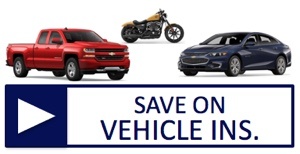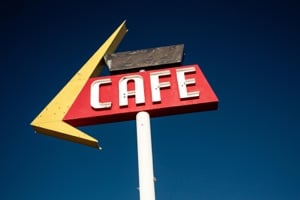 Have you checked your restaurant insurance policy to see if your signage is covered?
Have you checked your restaurant insurance policy to see if your signage is covered?
What is one of the things almost every restaurant needs to attract new customers – besides great food and friendly service? The answer: a sign! You need to let people know where you are so that they can find you. Signage can even help someone discover your existence when driving by.
But what happens if that sign is damaged? What if a truck knocks it over, it gets vandalized, or it’s struck by lightning? You will need to repair or replace the sign if you want to continue attracting customers. Will your insurance cover the cost of repairing or replacing that sign? The answer: maybe.
You have a lot of things on your plate as a restaurant owner – menus, pricing, advertising, and the list goes on – so it’s easy to forget about some of the seemingly small things. An experienced insurance agent – one who specializes in restaurant insurance – can help make sure you don’t miss any of those “small” things!
Covered or Not?
Getting back to our question and the resulting ambiguous answer – “maybe.” You need to know the definitive answer to that question – “Will your insurance cover the cost of repairing or replacing that sign?” - BEFORE something happens to it.
Each policy is different, and rules can vary from state to state, but generally speaking, if your sign is permanently attached to a building that you own, you can add the value of the sign to the building coverage on your Business Owner’s Policy (BOP).
However, a large number of restaurant owners lease the building for their restaurant rather than own the building. Those business owners need to look at other options.
Tenant’s Betterment and Improvements Insurance
The International Risk Management Institute (IRMI) defines tenant’s betterment and improvements as “permanent additions or changes made to a building by a lessee at his or her own expense that may not legally be removed.” This includes additions or modifications the lessee makes that increase the value of the structure such as upgraded cabling for computers or TVs, lighting fixtures, wall-to-wall carpeting, and signs that are attached to the building.
If these improvements were to be damaged or destroyed and are no longer useable, it would be detrimental to your restaurant.
There is insurance available to cover betterments and improvements. Sometimes the property owner will add it to their commercial property insurance; however, they can also ask that it is excluded from their policy. Therefore, it’s vital that you carefully review your lease to determine who is responsible for covering any damage to the improvements you make.
You may find an insurance company that wants to add your improvements and betterments coverage to your contents coverage. Keep in mind the rate for building coverage is usually lower than it is for content coverage and often broader in the scope of what is covered.
Insurance for Freestanding Signs
What if you have a sign for your restaurant that is not attached to the building? In that case, you will need specific protection added to your BOP to cover any damage to the sign. And if you have more than one free-standing sign, each one needs to be listed on your policy along with a specific limit of coverage for each.
We’ll Make Sure You’re Covered for the Big and Little Things!
Sometimes it’s the “little” things that end up costing your restaurant a lot of money. As restaurant insurance specialists, American Insuring Group’s independent agents can make sure you don’t miss any of the “little” things, not to mention the big things as well! We’ll help you get great coverage at a surprisingly affordable rate.
Give us a call at (800) 947-1270 or (610) 775-3848 or contact us online.


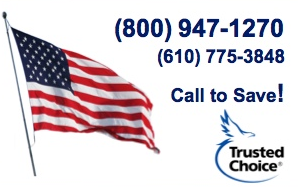
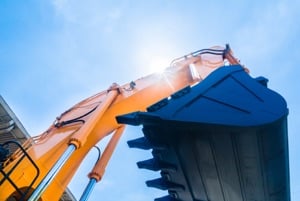
 Preventing workplace injuries and deaths should always be your first line of defense. Unfortunately, sometimes despite all of your efforts, accidents do happen. That’s where the right insurance can help protect you and your employees!
Preventing workplace injuries and deaths should always be your first line of defense. Unfortunately, sometimes despite all of your efforts, accidents do happen. That’s where the right insurance can help protect you and your employees! Truck drivers face many things they can’t control as they drive from point A to point B delivering their cargo – inclement weather, traffic, road construction, distracted drivers, and the list goes on.
Truck drivers face many things they can’t control as they drive from point A to point B delivering their cargo – inclement weather, traffic, road construction, distracted drivers, and the list goes on. American Insuring Group specializes in trucking insurance, and we’re independent agents, so we’ll make sure that your commercial vehicle has the best insurance protection at the lowest price (unlike many of our competitors, we’re not locked into one solution).
American Insuring Group specializes in trucking insurance, and we’re independent agents, so we’ll make sure that your commercial vehicle has the best insurance protection at the lowest price (unlike many of our competitors, we’re not locked into one solution). You often hear horror stories about fraudulent
You often hear horror stories about fraudulent 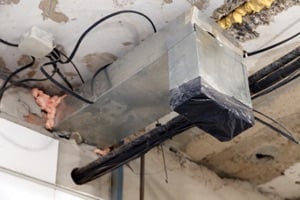 Open flames, cooking oils, cleaning chemicals, and paper products are the perfect ingredients for a fire, and all are found in most restaurants. So, it’s no surprise that fire companies respond to more than 8,000 structure fires at restaurants and bars each year, according to the National Fire Protection Association.
Open flames, cooking oils, cleaning chemicals, and paper products are the perfect ingredients for a fire, and all are found in most restaurants. So, it’s no surprise that fire companies respond to more than 8,000 structure fires at restaurants and bars each year, according to the National Fire Protection Association. 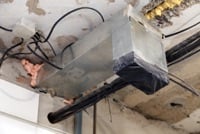 If these measures fail, having the right insurance can help repair the damage.
If these measures fail, having the right insurance can help repair the damage. When you ride the Tube (aka the subway) in London, you’ll probably hear “mind the gap!” as you board your train.
When you ride the Tube (aka the subway) in London, you’ll probably hear “mind the gap!” as you board your train. An insurance company that specializes in
An insurance company that specializes in 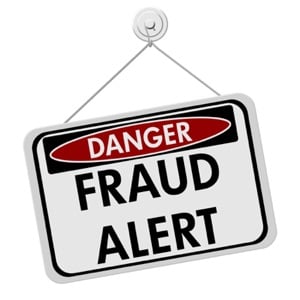 The majority of employees are honest, and the majority of
The majority of employees are honest, and the majority of 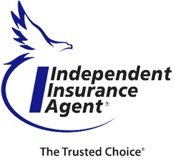 To learn more about preventing and recognizing WC Fraud and ways to save on Workers’ Compensation Insurance, contact the WC specialists at American Insuring Group at
To learn more about preventing and recognizing WC Fraud and ways to save on Workers’ Compensation Insurance, contact the WC specialists at American Insuring Group at 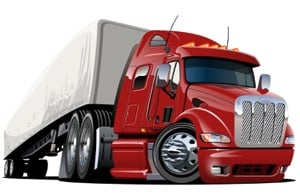 Your truck is your livelihood and the best way to protect it is with the
Your truck is your livelihood and the best way to protect it is with the 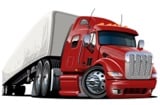 A good truck insurance agent can not only protect your investment but also be a great asset to your business.
A good truck insurance agent can not only protect your investment but also be a great asset to your business. According to the
According to the  Give American Insuring Group a call at
Give American Insuring Group a call at  A few weeks ago we began discussing the Occupational Safety and Health Administration’s (OSHA) Fatal Four. These are four safety hazards that account for the majority of all construction worker deaths.
A few weeks ago we began discussing the Occupational Safety and Health Administration’s (OSHA) Fatal Four. These are four safety hazards that account for the majority of all construction worker deaths.